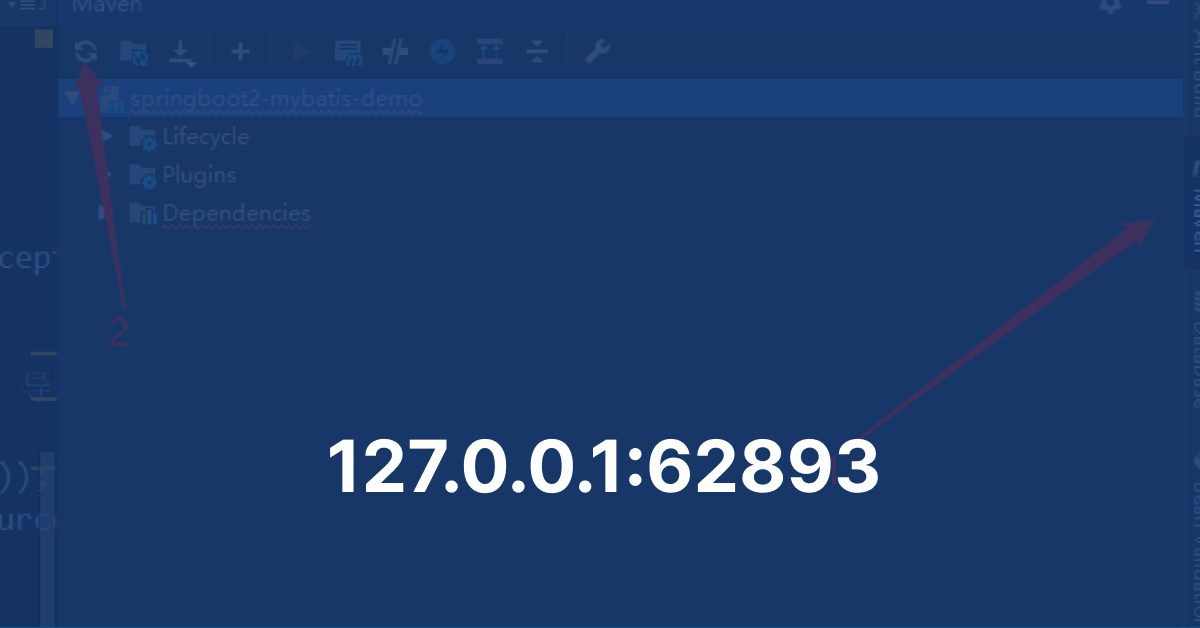Have you ever encountered the cryptic address “127.0.0.1:62893” while troubleshooting software or diving into development logs? It might seem like a random code, but understanding its components unlocks a deeper appreciation of your computer’s operations.
This address combines two key elements: an IP address and a port number. Let’s break it down and explore the world behind 127.0.0.1:62893.
Decoding the Address: Loopback and Ports
- 127.0.0.1: This particular IP address refers to your computer itself. It’s called the “loopback address” because any data sent to this address loops back within your machine. Think of it as a designated internal lane for communication.
- :62893: The colon separates the IP address from the port number. Ports act like doorways for different applications on your computer to receive and send data. Port 62893 is less common than others, but a Memcached program sometimes uses it.
Unveiling Memcached: The Potential Culprit Behind 127.0.0.1:62893
Memcached is a high-performance memory caching system. It acts as a temporary storage space for frequently accessed data, speeding up applications by reducing the need to retrieve information from slower sources like databases constantly.
If you see 127.0.0.1:62893, it might indicate that a program interacts with Memcached running on your local machine (localhost, signified by 127.0.0.1). This could be a development environment or software that leverages Memcached for faster performance.
Beyond Memcached: Other Potential Uses of 127.0.0.1:62893
While Memcached is a common culprit behind 127.0.0.1:62893, it’s not the only possibility. Less frequently, this address could be used by:
- Custom applications: Developers might choose port 62893 for their programs to establish internal communication loops.
- Conflicting software: In rare cases, two programs might try to use the same port, leading to conflicts and potentially causing the 127.0.0.1:62893 address to appear in error messages.
When to Investigate 127.0.0.1:62893
In most cases, seeing 127.0.0.1:62893 is nothing to worry about. It indicates an internal communication process happening on your machine. However, if you encounter errors alongside 127.0.0.1:62893, here’s when to investigate:
- Software malfunction: If an application you’re using displays errors mentioning 127.0.0.1:62893, it might signify an issue with the program itself or its interaction with Memcached (if applicable).
- Unexpected programs: If you suspect unauthorized software might be running, especially if accompanied by slowdowns or security concerns, the 127.0.0.1:62893 address could be a clue. Researching processes using that port might reveal unwanted programs.
Conclusion
Understanding 127.0.0.1:62893 equips you with a basic grasp of how your computer manages internal communication. While it might seem like a technical detail, it sheds light on the behind-the-scenes processes that keep your software running smoothly.
Remember, the specific meaning behind 127.0.0.1:62893 depends on the context. If you’re unsure, consulting software documentation or seeking help from technical forums can provide further clarification.
FAQs
What exactly is 127.0.0.1:62893?
It combines IP addresses (127.0.0.1) and port numbers (62893). The IP address points to your computer (localhost), while the port number might be used by a program called Memcached to store frequently accessed data for faster performance.
Why do I see 127.0.0.1:62893?
You might see this address if a program you’re using interacts with Memcached running on your machine. It could also be a custom application using that port or a sign of conflicting software.
Should I be worried if I see 127.0.1:62893?
Usually not. It’s everyday internal communication. However, investigate if you see errors alongside it, suspect unauthorized software, or experience slowdowns.
What can I do if I’m having problems related to 127.0.0.1:62893?
Check the software causing the errors. You can also research processes using port 62893 to identify potential issues. If needed, consult software documentation or technical forums for further guidance.


